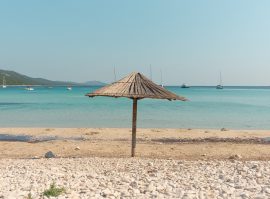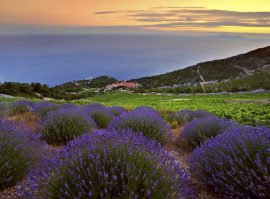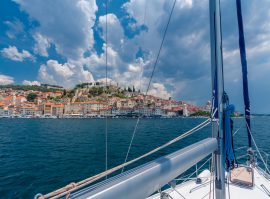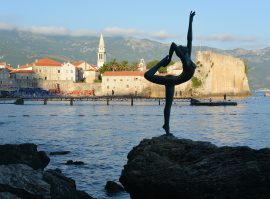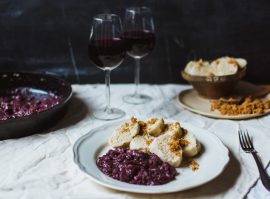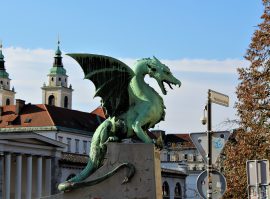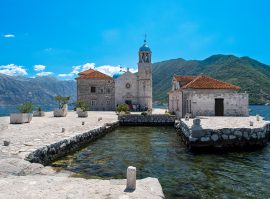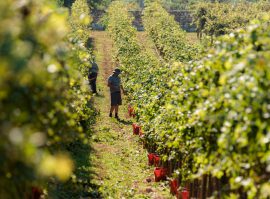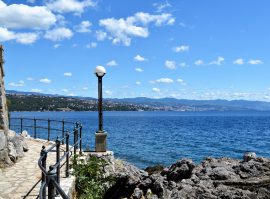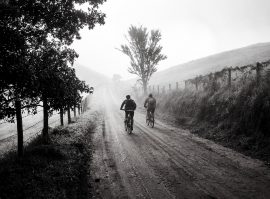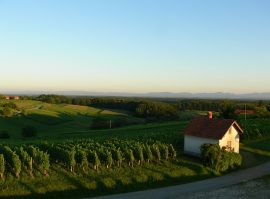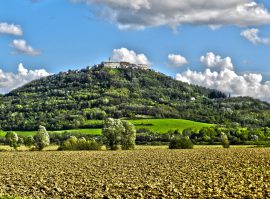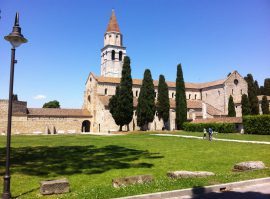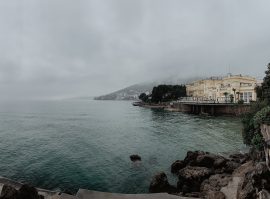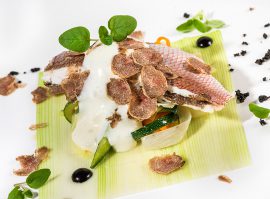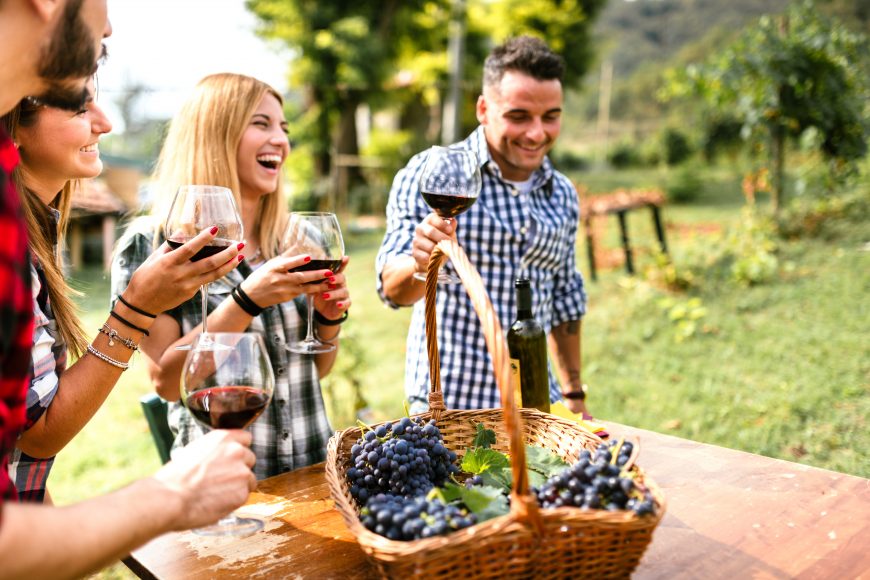
Excellent Tastes for all Palates in Dubrovnik
If you wish to experience how a nation really lives, you should go to the market place, the „very stomach“ of the city, and smell, touch and taste the food which people consume every day. Even the finest chefs who visit Dubrovnik and prepare international dishes in some of the city restaurants cannot resist the taste of courgettes from Zupa Dubrovacka, cabbage from Konavle and aubergines and tomatoes grown in the fertile and unpolluted surroundings of Dubrovnik. Taste delicious oysters from Mali Ston Bay, the shellfish with aphrodisiac properties, has been known from ancient times, when the Dubrovnik Republic aristocrats savoured them at their renaissance feasts.
The gastronomy of an area is based on the fruits which grow on ecologically- preserved land, as is still the case with that in the Dubrovnik environs. The delicacies of Dubrovnik are plain and without many spices. Prepared in a simple way, they are seasoned with plenty of olive oil, which accentuates the juicy taste of natural foods. The gastronomic choice on offer at the Dubrovnik restaurants is heterogeneous, varied and in compliance with the guests wishes. Those who are visiting local taverns wish to taste authentic national food, delicious smoked ham, cheese kept in oil, octopus salad, grene “menestra” (smoked meat and cabbage stew), “sporchi” macaroni, fried sprats and grilled sardines.
Wine was highly valued in the Dubrovnik Republic, when dessert wines were sold on prescription as medicine. The tradition of growing grapes and wine production goes back to the time of the Dubrovnik Republic. A provision from 1424 determined the prices of particular wine varieties, with the exception of Malvasia wine of Konavle the price of which was not limited. The best-known wines of the Dubrovnik region include red wines of the Peljesac Peninsula, the Plavac Mali variety, white wines – Posip from the Island of Korcula, the aforementioned Malvasia called nectar of gods, and the wines of the Konavle area with the characteristic flavour of the south.

